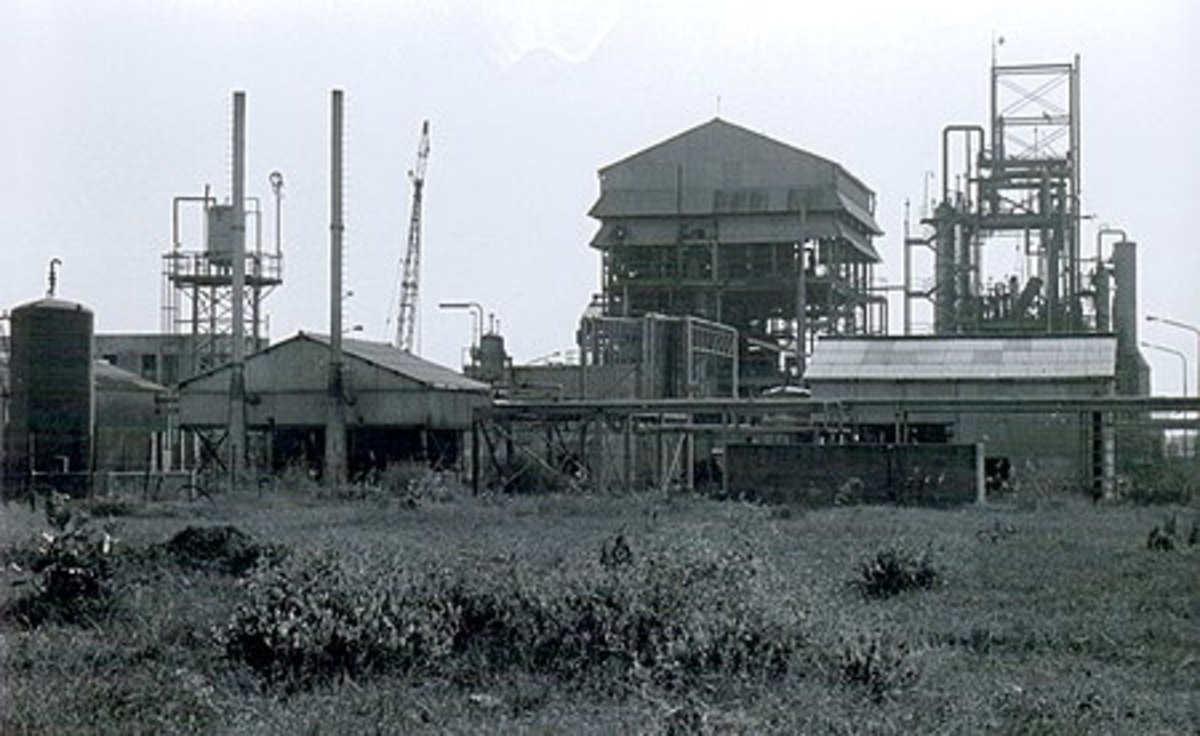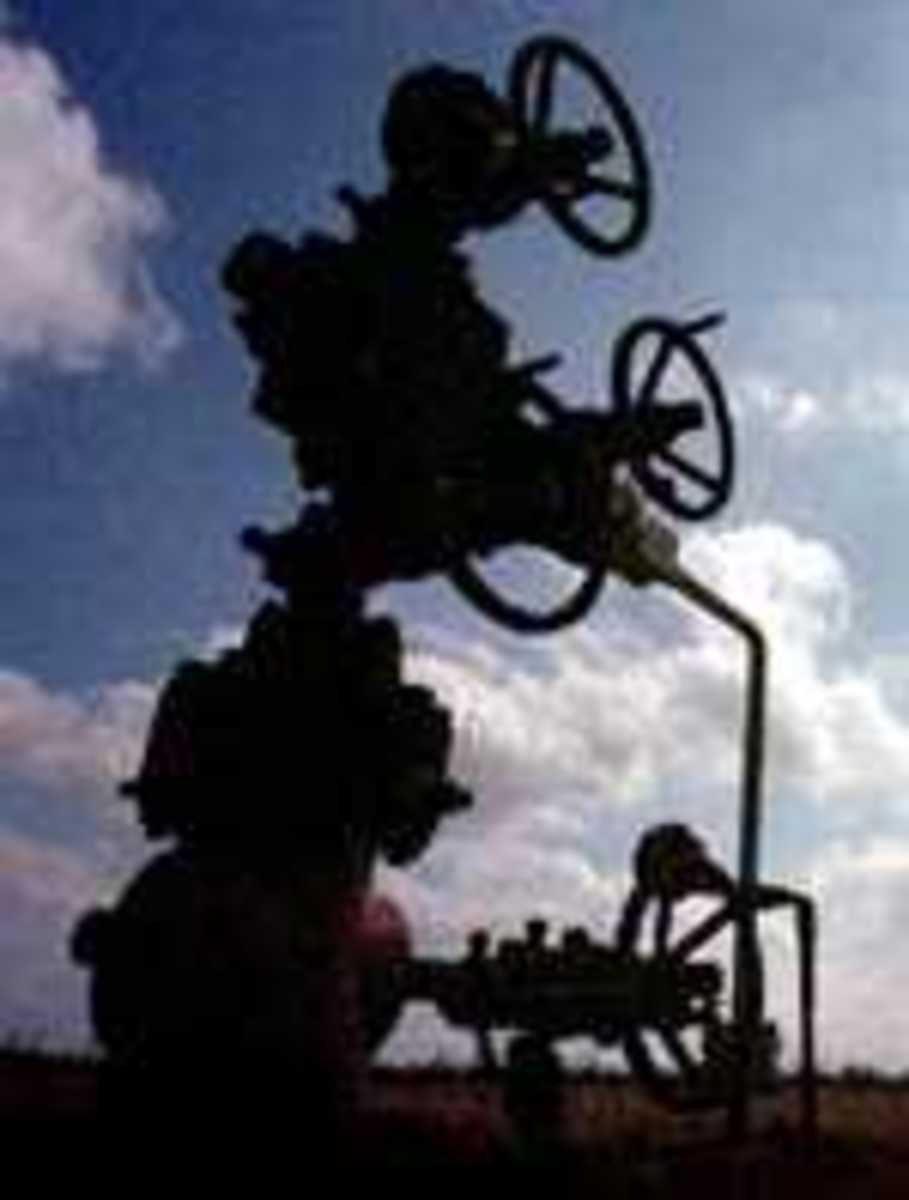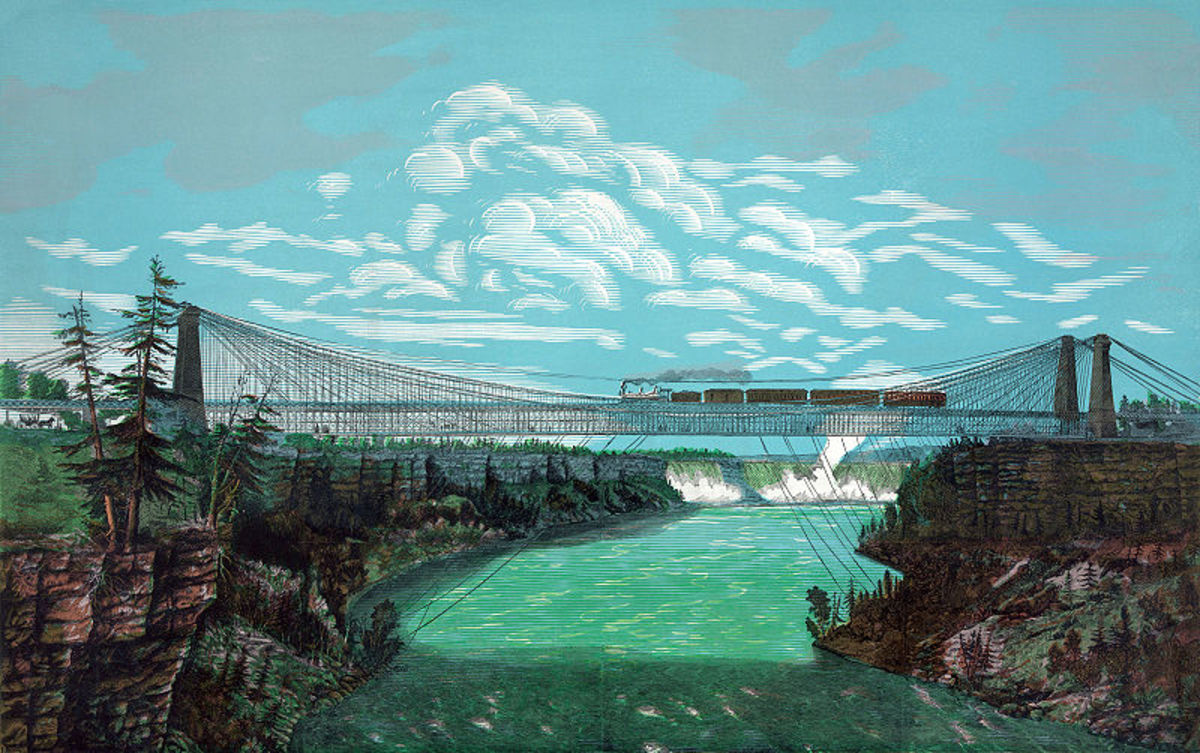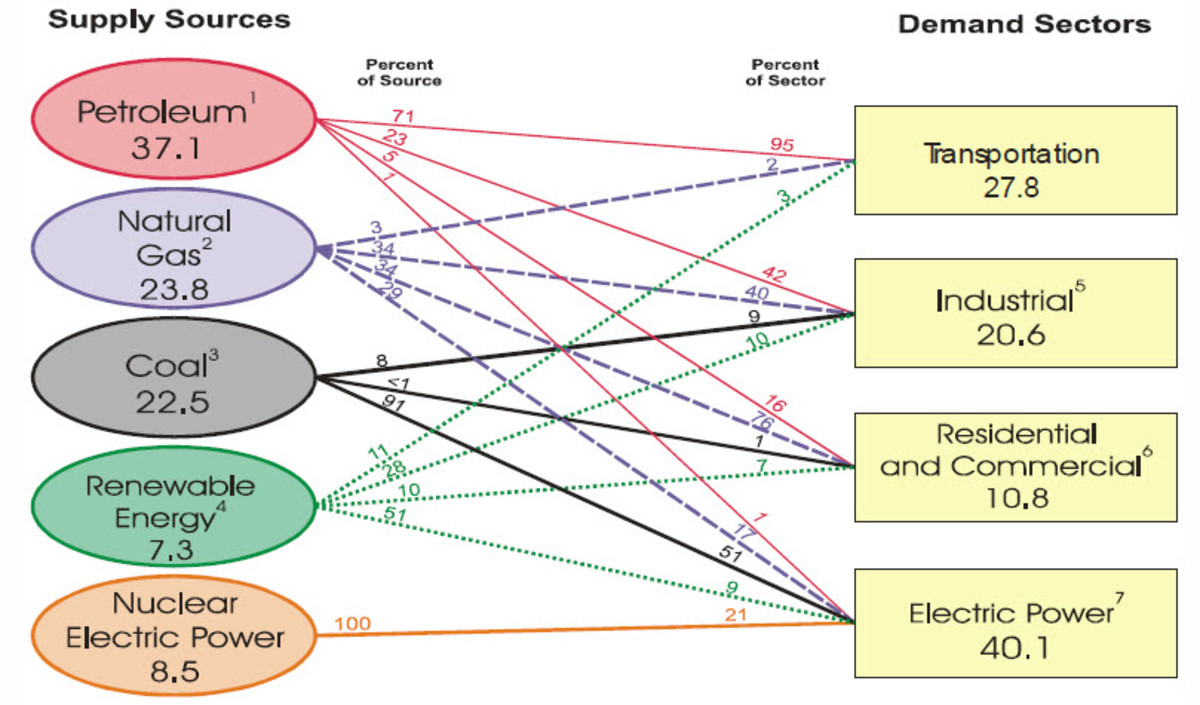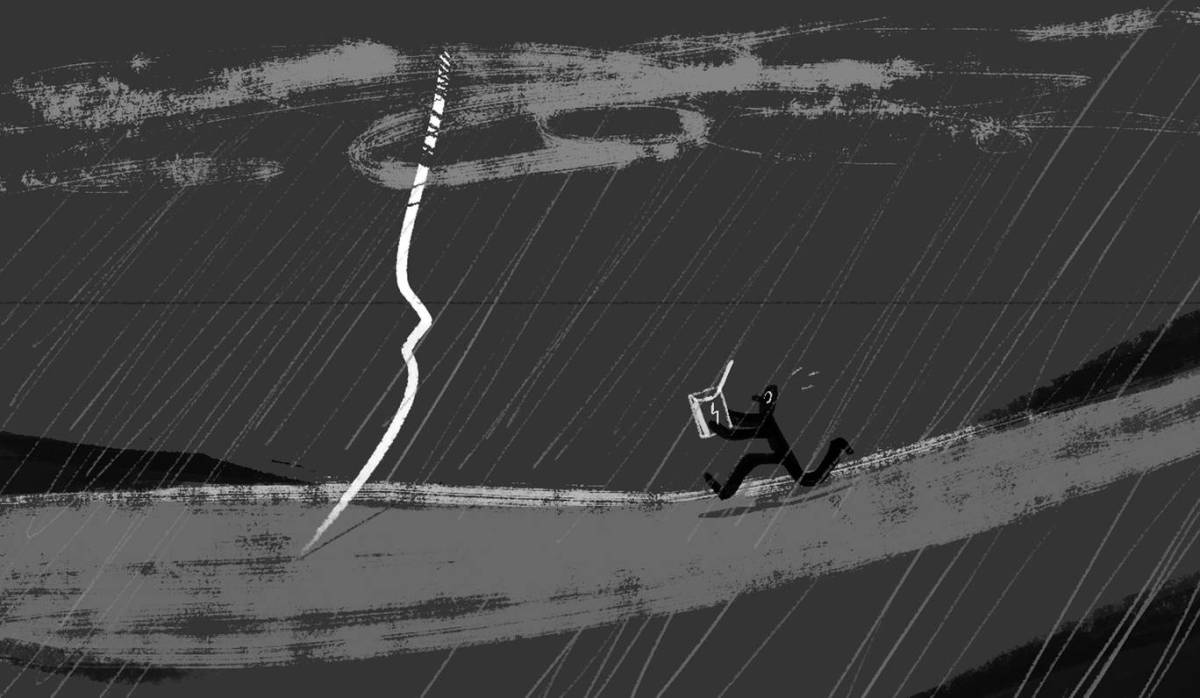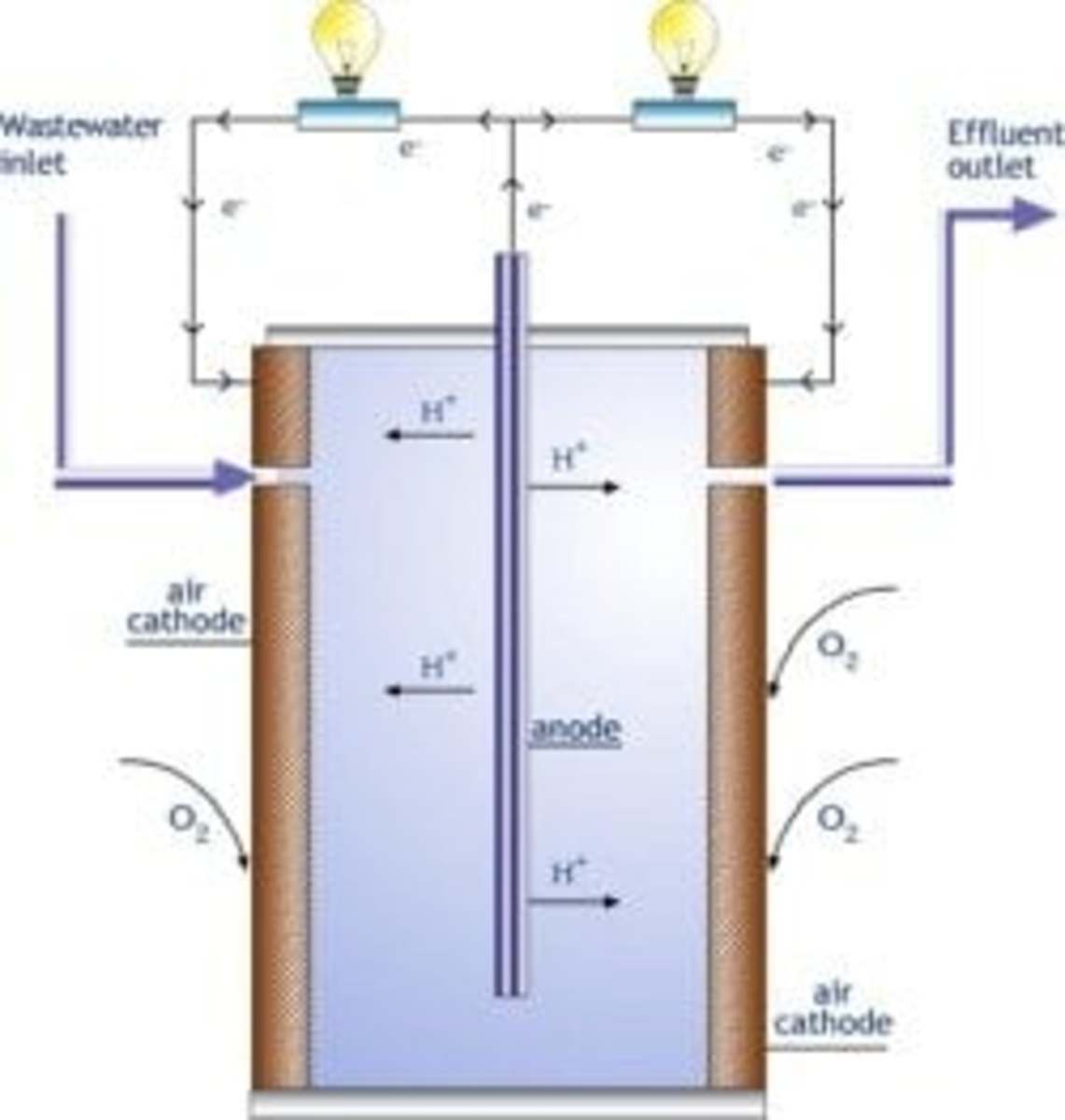Wind Turbines to the Rescue
Toxic City
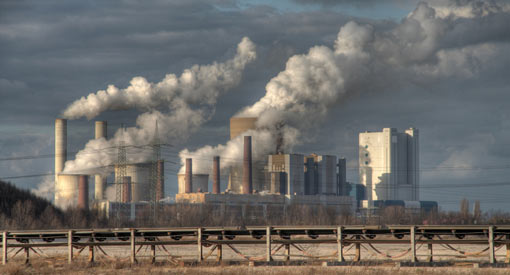
Coal Energy and its Unhealthy Effects
As recently as six years ago, coal plants in the Western New York area have had an adverse effect on air quality. Two of the largest coal pants in the state are located here.
These plants have diminished the overall quality of life in the area.
According to the State of the Air report released in 2008, Erie and Niagara county were given a "C" grade for air quality.
While this is a passing grade, it is not considered good. In 2005, the Huntley Station coal plant in Tonawanda, N.Y. and the Dunkirk Steam Station were placed on the 50 dirtiest per-megawatt list; this ranks the efficacy of power plants in the nation.
This is why citizens have successfully proposed to create wind turbines within the Western New York area.
Unhealthy Status Quo
The reason coal plant emissions are a major problem is because while coal is energy efficient, it is not environmentally sound. The general health of the region is of the lowest in the nation.
Western New York also has the highest tax rate in the nation, followed by being the second poorest area in the union. These problems don't affect only a few people; the effects are widespread.
As a region, the concern should be about the environment, health, and the economy. The air can be directly related to the quality of life of the local citizens.
The problem is still being maintained; it is not getting better, but it is not getting worse. Even though the problem is not progressing, that does not mean something shouldn't be done. Residents of neighboring Niagara Falls, due in part to a ferocious advocacy group, were able to resolve similar issues with toxicity in their community.
Tainted Beauty
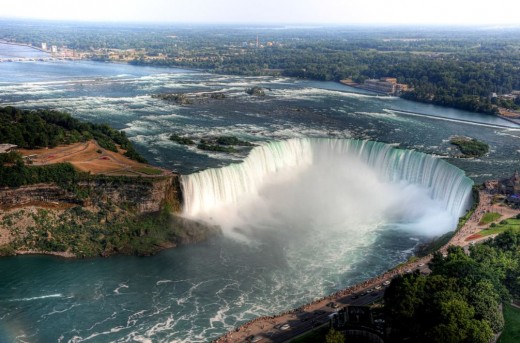
The History of Love Canal
In Niagara Falls, N.Y., water power has always attracted industry; this dates back to the late 1800's. In addition to being a hallmark tourist destination, the area is ripe for harnessing extensive energy sources.
In the 1890's, a man named William Love made power producing the centerpiece of his plan to attract additional industry. His aim was to harness free energy to a planned community and seize condemned properties and make them sustainable again.
This ambitious plan would later be known as "Love Canal". The area of Love Canal was supposed to link the Niagara River to Lake Ontario, thus bridging the gap between the American and Canadian sides of Niagara Falls.
This partially dug canal ended during the depression of the 1890's when investors withdrew from Love's original plan.
In 1905, Hooker Electrochemical Company was founded on the same land Love attempted to harness water power with. Unlike clean power, Hooker Electrochemical manufactured chlorine and caustic chemicals.
Waste from the power plant was dumped in the partially completed Love Canal. Hooker's original idea for the Love Canal area was to accommodate the need for cheap housing for employees of his chemical plant.
In 1942, the Niagara Port Authority gave Hooker permission to keep dumping chemicals in Love Canal. At the time, Hooker Chemical would have met all environmental laws, even in the 1980s standards outlined by the Environmental Protection Agency. The consensus was the company could continue dumping their toxic waste as long as it didn't promote rats, insects, or bugs.
Between 1947 and 1952, Hooker dumped over 21,000 tons of chemical waste in the Niagara Falls area. If one were to visit the area now, there appears to be medium-sized hills overlooking the major highway systems. Those are actually not mountains, but rather tons of waste. No provisions were ever made about monitoring or keeping intact the huge underground chemical container Hooker Chemical used.
A School Built on Toxic Waste
Hooker Chemical transferred property to the Niagara Falls school board for a dollar, noting the presence of the chemicals in the transfer agreement. Despite this, city officials approved the development of an elementary school on top of a chemical waste site. The only stipulation was that employees and students of the school could not walk on the grass.
In 1977, tests showed that 21 of the 188 homes adjacent to Love Canal had varying degrees of chemical residue in their sub pumps. A year later, over 239 families were permanently relocated and the area's infrastructure was crumbling. By 1980, the entire community of Love Canal was abandoned.
WNY Citizens Fight Back
Disasters such as this present an extraordinary opportunity to examine the overall social structure of an area, as well as institutions, such as, FEMA, the EPA, and the media. Residents had always been concerned about the toxicity levels; some were still in denial. The failure of state and local government to protect its citizens were causes for immediate concern.
At the time, Niagara Falls officials needed power plants, such as Hooker Chemical; they didn't care about the health of its citizens. They cared about profit. Even county health officials said that since the waste was coming directly into peoples' homes, it was the homeowner's responsibility to clean it up. The city response to leaking canal waste was to, "throw some dirt on it".
The lack of anything being done led to the need to form a citizen's group. Local citizens formed the "Love Canal Homeowners Association (LCHA)". This group was organized to raise awareness about toxic waste dumps not only in Niagara Falls, but worldwide. The context of the movement was that of a small, tight-knit neighborhood who railed back against Hooker Chemical, city and heath officials and the Environmental Protection Agency.
What happened in Love Canal was not normal. There were cases of teenage cancer victims, as well as people without any medical history falling victim to scars and burns, seizures, and severe asthma. Epilepsy and young cancer rates all occurred around the neighborhood of Love Canal.
The prevalence of working class mothers, who are usually perceived to be traditionally conservative, helped with the national attention of this situation. Housewives had now become activists although, some residents found them to be radical, or even paranoid about the situation. These housewives created their own grassroots health survey to provide information to medical officials and government agencies to verify the claims of disease of its residents. The New York state department of health also collected data on birth weights of the newborns here, as well as, the cancer rates.
If the efforts of this citizens group had never happened, the situation in Love Canal could have been much worse.
Outraged Citizens
Additional Resources for a Better WNY Environment
The proposed solution to the problem of toxic energy sources is to continue installing energy-producing windmills in wasted industrial space, as well as desolate farmland, to help reduce dangerous emissions and provide clean power to the area.
The city of Lackawanna, New York filled some dead space in their city with wind turbines and got themselves a decent amount of annual money from the power generated from the towers.
Windmills produce results year round, and contribute positively to the local economy. Adding extra money to local governments for other renewal projects might possibly lead the way for other cities in America who might suffer economically like the Buffalo area does.
Buffalo is a prime location for harnessing wind power mainly because of the high winds the weather fronts blow across the Great Lakes. There is also a great deal of available land for this project.
A Better Way of Life
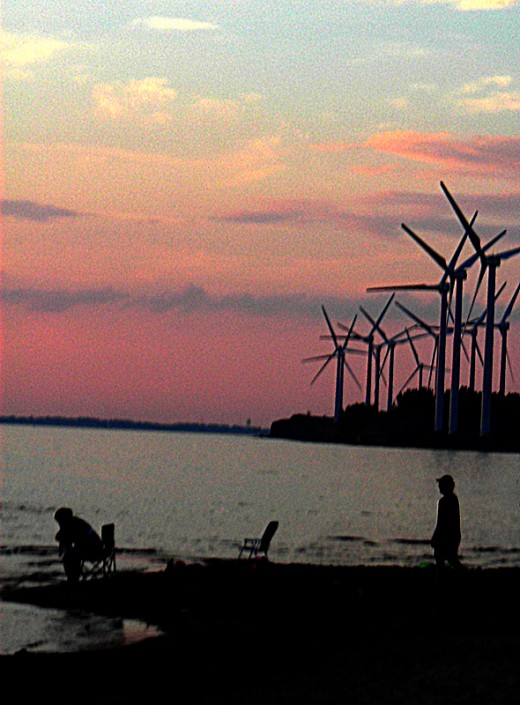
A Source of Revenue
Uninhabitable industrial sites, as well as inefficient farmland would be the ideal place for the wind turbines to be built. All local farming is seasonal, leaving wide-open plains to lay dormant for most of the year.
These lands have been clear-cut of trees and produce ideal high winds as a result. Based on the results of the Steel Winds Project in Lackawanna, the average farm consisting of approximately 228 acres would yield enough power to support 68,400 homes, create around 260 new jobs, increase air quality and return an annual average of 700,000 in revenue to Lackawanna, or whichever Western New York town or city the turbines are constructed.
This would provide a much needed economic boost for the area, whose high taxes and poor quality of life have driven many away, from the surrounding region.
Although the Steel Winds project in Lackawanna used a smaller plot of land (only 30 acres), the results are promising. And even though there is no formal policy in place, projects such as this could lead to legislation regulating alternative energy resources.
The limitations to this project are that many citizens who live in the immediate area say the windmills will ruin the landscape and skyline with their big "hideous blades". Many also complain of the noise the turbines produce, even though it is minimal.
The other limitation is cost. There are no subsidies for building wind turbines and all financial resources must be privately funded.
Tax breaks for wind turbines are allocated after the project is completed, for the owner of the land. In completing this project, more projects similar to it might be common, leading to more efficient use of land and resources.


